「新しいわたしのデザイン」—現状を超えるゴールの描き方
『新しいわたし』をデザインするには、まず現状を超えたゴールを設定する必要があります。
それは「ちょっと頑張れば手が届く」ような未来ではなく、今の自分には到底無理だと思えるほど大きな未来です。
たとえば──
•「英語が少し話せるようになりたい」ではなく、「世界に向けて自分の言葉で語る」──英語で自分の会社の代表として国際カンファレンスで登壇する
•「副業で月5万円」ではなく、「社会に変化をもたらす存在になる」──社会に大きな影響を与えるビジネスを創る
•「地域で貢献したい」ではなく、「文化の担い手として世界とつながる」──世界中の人に向けて文化発信をしたい
このように、現状の自分とはかけ離れたゴールこそが本物です。
ただし、現状の外にあるゴールは、あまりに遠くて**臨場感(リアリティ)**を感じられません。
その世界はぼんやりしていて、あまりにも遠い。けれど、それでいいのです。
**イメージできないからこそ、それは“現状の外”**なのです。
なぜそこまで突飛なゴールが必要なのか?
それは、「今の延長線上の目標」には、常に「できるか・できないか」の判断がつきまとい、安心できる範囲(コンフォートゾーン)から出られないからです。
コンフォートゾーンとは、あなたとあなたを取り巻く世界との関係性が安定して保たれている領域のこと。この領域が変わらない限り、見える世界も、現実も変わりません。
なぜなら、私たちには「ホメオスタシス(恒常性維持機能)」があるからです。ホメオスタシスとは、ある一定の状態を維持しようとする機能のことです。
あなたが『新しいわたし』を描こうとしても、ホメオスタシスが無意識のうちに変化にブレーキをかけてしまうのです。
ホメオスタシスを「逆方向」に使う
ではどうすれば、現状を超えた未来に向かえるのでしょうか?
そのカギが「ホメオスタシスを逆方向に働かせる」という考え方です。
それは臨場感を有効活用するということ。
コーチングでは臨場感が大事
けれども現状を超えたゴールの世界は、イメージできない場所。
つまり、臨場感が乏しいのです。
臨場感とは、あたかもその場にいるかのような感覚や雰囲気のこと。
たとえば、雨音を聞きながら読書していると、物語の世界にぐっと入り込んだ気分になる──そんな感じです。
矛盾を解消するには?
それは、ゴールに向かう自分の“今の姿”を鮮明にすること。
この姿こそが、新しいコンフォートゾーンになります。
まずは、イメージの中で『新しいわたし』をデザインしていきましょう。
まずは、こんな感じで仮のゴールを設定してみましょう。
あなたが日々清掃の仕事に携わっているとして、「世界的なレストランのオーナーになる」というゴールを掲げたとしましょう。
きっとこんな疑問が湧くかもしれません。
「世界的なレストランって、どこ?」
「オーナーって、何をしてる人?」
たとえば、「Noma」(デンマーク・コペンハーゲンの世界的に有名なレストラン)や、ミシュラン三つ星レストランのような存在を思い浮かべてみてください。
そんな場所を自分がつくるなんて……と思うかもしれません。
ここで、ゴールに向かっている自分の姿を思い浮かべます。
たとえばこんな姿──
- 世界的なレストランについて調べている自分
- 飲食業界の動向やビジネスモデルを学んでいる自分
- 実際にどこかの店で修業を積んでいる自分
こうした姿を、目を閉じて頭の中で思い描きます。
あなたの目線から外の世界を見ているようにイメージしてみてください(これをビジュアライゼーションといいます)。
情動を“コピペ”しよう
過去の楽しかった思い出を引き出し、その**情動(emotion)**を今のイメージに貼り付けてみましょう。
この作業が楽しくて仕方ない──そんな感覚が大事です。
見える世界が変わってくる
何度もビジュアライゼーションを繰り返すうちに、あなたの目に入る情報が変わってきます。
たとえば:
- 仲山今日子さんのような著名なフードジャーナリストの記事が急に気になる
- Japan TimesやNew York Timesの週末グルメ特集が目に留まる
それまでもネットに情報はあったはず。新聞も、コンビニに並んでいたはず。
でも、コンフォートゾーンが違ったので、あなたの視界には入ってこなかったのです。
コンフォートゾーンが変わる=現実が変わる
情報との関係性が変わる。
すると、現実も少しずつ変わっていきます。
見える世界が変わると、見えるチャンスも変わる。そして、選ぶ行動も、周囲の反応も、変わっていくのです。
『新しいわたし』は、こうしてデザインされる
最初はゴール達成までの道のりが見えなくてもかまいません。
ゴールに向かう自分の姿を鮮明にすることで、新しいコンフォートゾーンの臨場感が高まり、
やがてそれがあなたにとっての新しいリアルになっていきます。 そうして、『新しいわたし』は、少しずつ、確かにデザインされていくのです。
How to Design a “New Me”
To design a “new me,” you first need to set a bigger goal than your status quo.
This goal is not something you can reach with a little effort.
It should be so big that you feel it is impossible now.
For example:
• Not just “I want to speak a little English,” but “I want to speak to the world in my own words” — like giving a speech at an international conference as the CEO of my company.
• Not just “I want to earn 50,000 yen a month from a side job,” but “I want to create a business that changes society.”
• Not just “I want to help my local area,” but “I want to connect to the world as a cultural leader.”
These big goals are real goals.
But goals outside of your current life feel far away.
You cannot really imagine them clearly.
That is normal.
Because if you could easily imagine it, it would not be “outside of your current life.”
Why do you need such big goals?
Because if you set a small goal, you always think, “Can I do it?” or “Maybe I can’t.”
You stay in your safe area (called the comfort zone).
The comfort zone is the area where your life feels stable and safe.
If you stay there, your world will not change.
This is because we have a “homeostasis” system that tries to keep things the same.
Even if you try to change, your homeostasis will stop you without you knowing it.
Use homeostasis in the opposite way
So, how can you move toward your future?
The key is to use homeostasis oppositely.
You can use “vivid images” (called vividness).
Vivid images are important in coaching.
But big goals are hard to imagine.
They do not feel real.
Vividness means feeling as if you are really there.
For example, when you read a book while hearing rain sounds, you feel like you are inside the story.
How do we solve this problem?
You should imagine yourself moving toward your goal clearly.
This new image will become your new comfort zone.
Let’s try making a “new me” in your mind.
Set a temporary goal like this:
Suppose you are now working in cleaning and set a goal like “I will become the owner of a world-famous restaurant.”
You might wonder:
“Where is a world-famous restaurant?”
“What does an owner do?”
Consider places like “Noma” in Denmark or a three-star Michelin restaurant.
You may feel it is impossible now.
Now, imagine yourself working toward the goal.
For example:
• Researching famous restaurants
• Learning about the food business
• Training at a restaurant
Close your eyes and see the world from your own eyes.
This is called “visualisation.”
Copy and paste your emotions.
Bring back happy memories from the past and “copy” those good emotions into your new image. The feeling of “this is so fun!” is very important.
Your world will start to change.
If you do visualisation again and again, you will start to notice different things.
For example:
• You may notice articles by famous foodwriters like Kyoko Nakayama.
• You may notice food news in newspapers like the Japan Times or the New York Times.
These things were always there, but you didn’t notice them before.
Your comfort zone was different.
When your comfort zone changes, your world changes
Your relationship with information changes.
Then, your actions change.
People’s reactions to you also change.
This is how your reality starts to change.
A “new me” is made like this
At first, you don’t need to know exactly how to reach your goal.
By making a clear image of yourself moving toward the goal,
Your new comfort zone will feel more real.
Step by step, your “new me” will become real.
コメントを書くにはログインが必要です

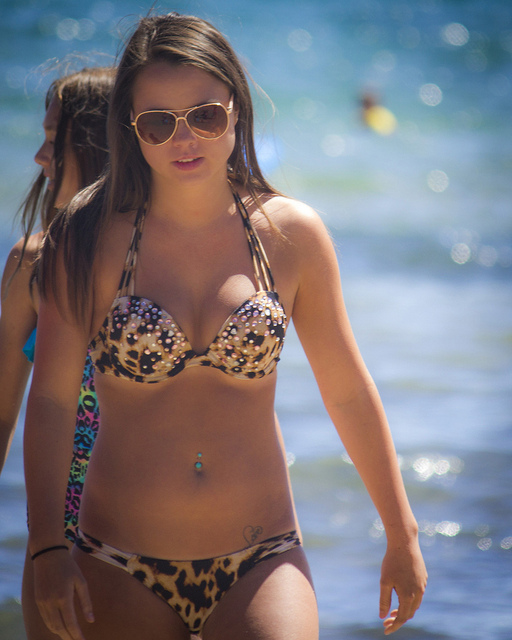

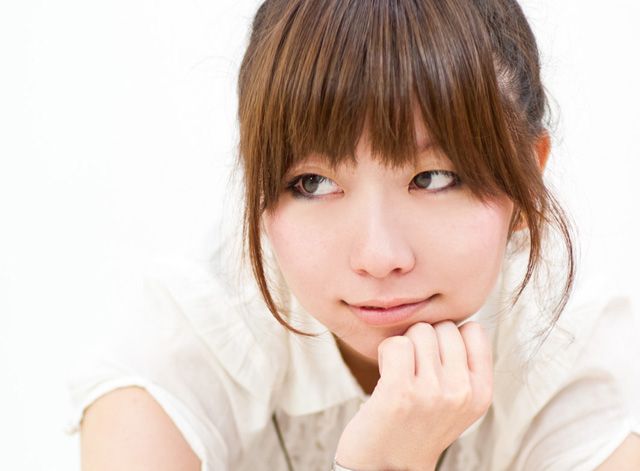
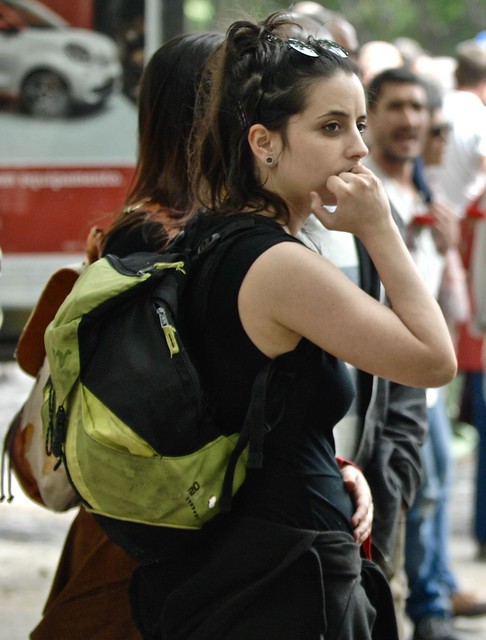


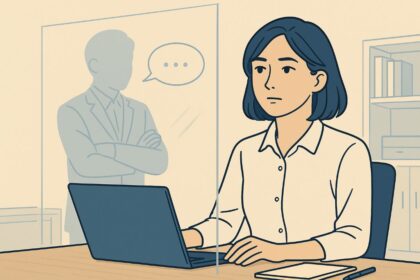
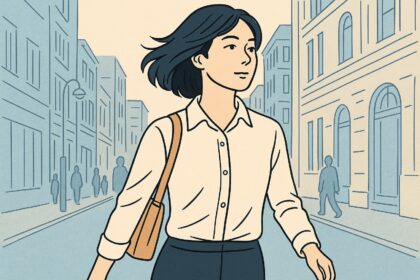
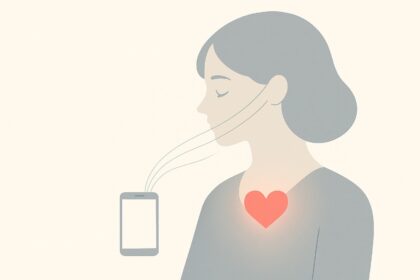
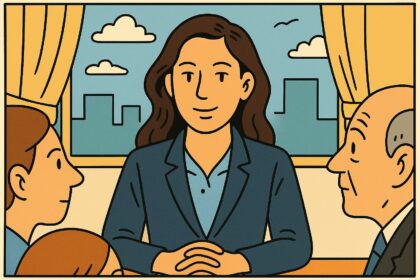
コメントを残す
コメントを投稿するにはログインしてください。